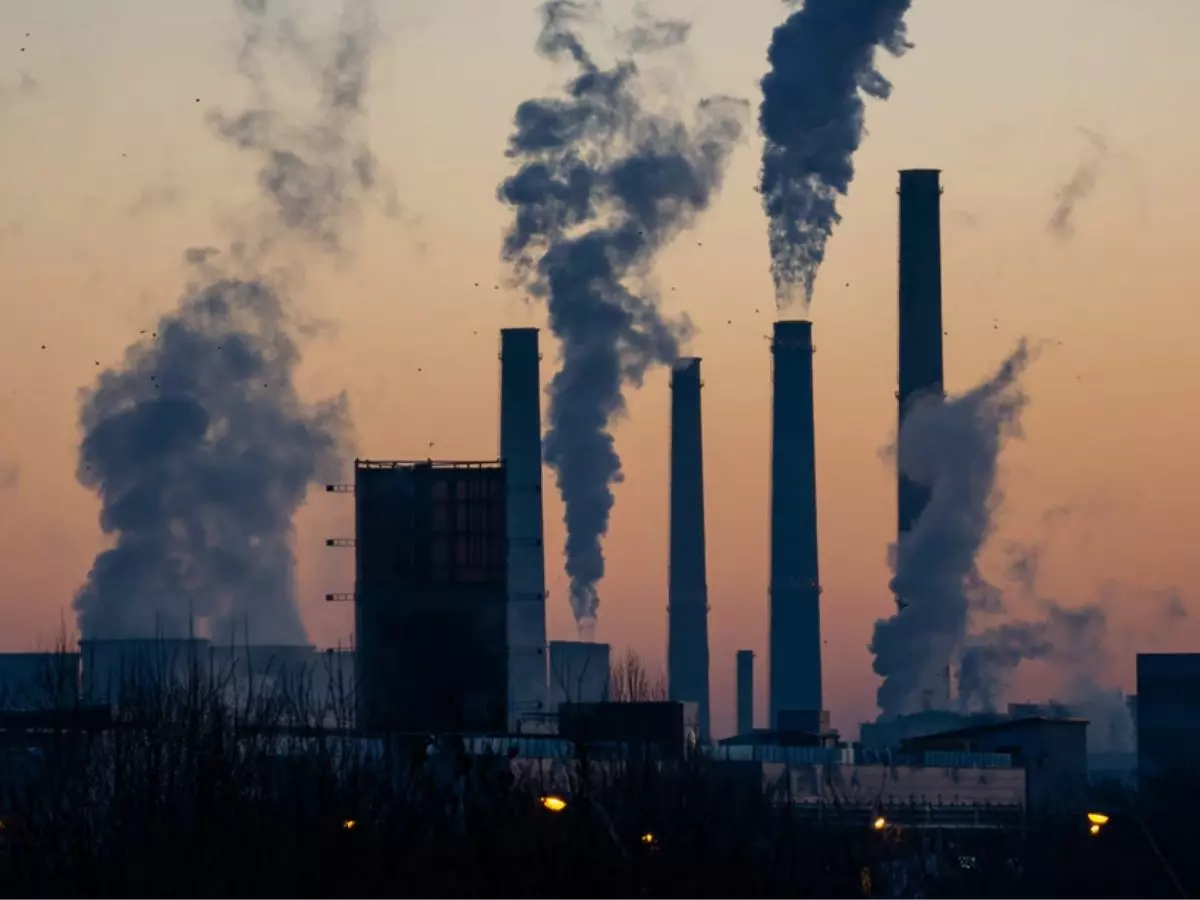Even With World Under Lockdown, Carbon Emissions Reach Highest-Ever At 416 PPM
This was spotted at the Mauna Loa Observatory (3,400m high on top of Mauna Loa volcano) in Hawaii where they discovered that the monthly average CO2 concentrations were 416.21 parts per million (PPM) this year, compared to 413.33 ppm in April last year. In fact, it is the highest level of concentration since records began in 1958.

Lately, with all of us being locked down due to COVID-19, we¡¯ve been hearing news that the air quality in the air has gotten a lot better than what it used to be, and that ¡®the world is healing¡¯.
However, recent reports have revealed that global CO2 levels have actually increased to an all-time high.
 Unsplash
Unsplash
This is according to the data released by the National Oceanic and Atmospheric Association or NOAA that shows a steep rise in CO2 levels.
This was spotted at the Mauna Loa Observatory (3,400m high on top of Mauna Loa volcano) in Hawaii where they discovered that the monthly average CO2 concentrations were 416.21 parts per million (PPM) this year, compared to 413.33 ppm in April last year. In fact, it is the highest level of concentration since records began in 1958.
Just to put things into perspective, a decade ago, ppm levels according to NOAA were around 393.18ppm. NOAA reveals that the CO2 levels are not just increasing, but the rate at which they¡¯re increasing is also accelerating -- 2.4ppm a year on average, in the last decade.
 Twitter
Twitter
Lockdown won¡¯t save the Earth if strong long-term measures aren¡¯t implemented
According to NOAA, the CO2 measurements reflect the truth about our global atmosphere. Climate scientists say that COVID-19 lockdown could lead to a drop in emissions but won¡¯t sustain if structural changes aren¡¯t implemented.
Rob Jackson, head of the Global Carbon Project, said in a conversation with Reuters, ¡°I wouldn¡¯t be shocked to see a 5 percent or more drop in carbon dioxide emissions this year, something not seen since the end of World War Two. Neither the fall of the Soviet Union nor the various oil or savings and loan crises of the past 50 years are likely to have affected emissions the way this crisis is.¡±
 Unsplash
Unsplash
He also stated that during the 2007-2008 global financial crisis, world greenhouse gas emissions dipped, however, they shot back up a staggering 5.1 percent in the recovery.
This pattern is already evident in China where we saw a drastic drop in emissions (25 percent) when COVID-19 wreaked havoc in the country. However, as soon as things got back to normal, the emissions have rolled back to their normal stage too.
